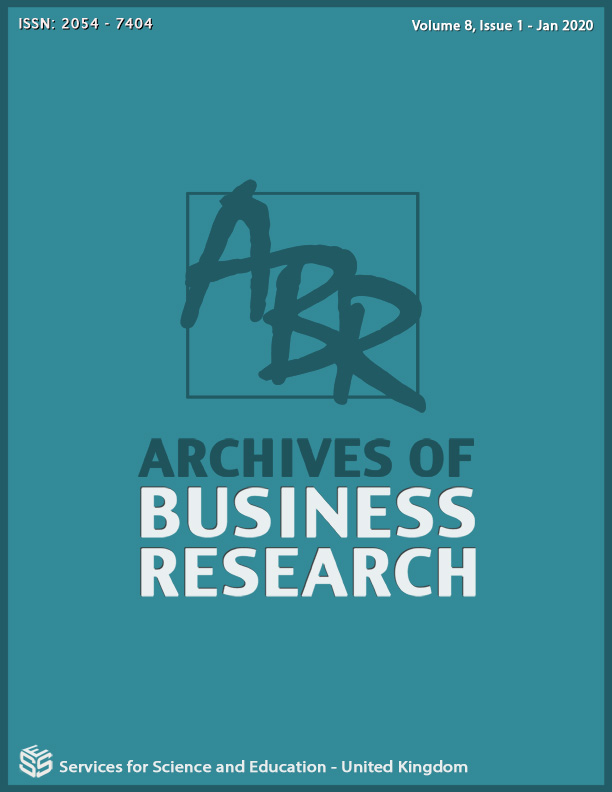Moral Hazard in Agricultural Yield Insurance
DOI:
https://doi.org/10.14738/abr.81.7753Keywords:
Moral hazard, Agricultural yield insurance, Miranda Decomposition.Abstract
In agricultural yield insurance practices, there are two main categories of insurance products which differed from the targeted insured yield, namely area-yield based insurance and individual-based insurance. A common knowledge is that individual-yield based insurance has more flexibility that could meet the real demand of insureds, while having much more severity of moral hazard and higher administration costs. Relatively, area-yield based insurance has lower risk of moral hazard, but obtaining bias, or so-called basis risk at the same time. In this paper, we use an improved modified Miranda Decomposition Model to establish a theoretical framework of farmers behaviors when assuming their goals are to maximize the expected rate of return in agricultural production process under both individual-yield and area-yield insurance. The results show that these two distinct arrangements may cause different motivation to farmers, seducing them act or not act in moral hazard manner.
References
[2]. Barnett, B. J., J. R. Black, Y. Hu, and J. R. Skees. Is Area Yield Insurance Competitive with Farm
Yield Insurance? Journal of Agricultural and Resource Economics. 30(2005):285-301.
[3]. Bulut, H., K. J. Collins, and T. P. Zacharias. Optimal Coverage Level Choice with Individual and
Area Insurance Plans. American Journal of Agricultural Economics. 94(2012):1013-1023
[4]. Miranda, M. J. Area-Yield Crop Insurance Reconsidered. American Journal of Agricultural Eco
nomics 73(1991):233-242






